The Rhythms of Life: How Biorhythms Influence Us
Discover the science of biorhythms and learn how these invisible cycles affect physical, emotional, and intellectual states. Embark on a journey through the rhythmic patterns that define our existence.
article by Adrian Wallace
Introduction to Biorhythms
Biorhythms are a fascinating concept that seems to intertwine the fields of biology and rhythmic patterns. The theory suggests that our lives are guided by natural physiological cycles that affect our capabilities in various domains, such as physical, emotional, and intellectual capacities. Although the science community still debates their empirical robustness, the intrigue surrounding biorhythms has only grown. The principles of biorhythms, with inception in the early 20th century, continue to attract attention for their potential to explain the timing of peak performances, troughs, and phases of recovery in diverse human activities.
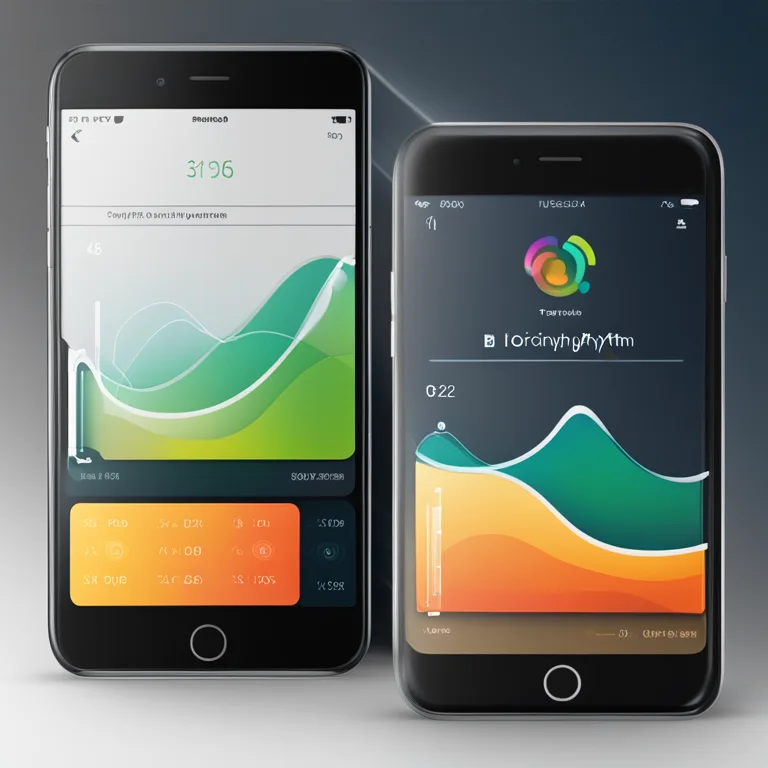
The Three Core Cycles
Biorhythm theory posits that from the moment of birth, we navigate through three primary cycles: the 23-day physical, the 28-day emotional, and the 33-day intellectual cycles. The physical cycle is said to influence our strength, stamina, and overall well-being. The emotional cycle governs mood swings, feelings, and creative dynamics, while the intellectual cycle supposedly impacts thought processes, reasoning, and alertness. These cycles wax and wane between positive and negative phases, theoretically guiding our predispositions and abilities on any given day.

Charting Your Biorhythms
In recent years, technology has made tracking personal biorhythms quite accessible. Numerous apps and online calculators now allow individuals to input their birth data and receive personalized biorhythm charts. These charts visually depict where one currently stands within each of the cycles. While some people use this information for curiosity, others employ it to plan important activities or make decisions, aiming to maximize their effectiveness by aligning actions with the predicted optimal phases of their cycles.

Biorhythms and Lifestyle Choices
Adherents of biorhythm theory often use their cycles to inform lifestyle choices. For instance, they might schedule demanding workouts during a high physical cycle or engage in brainstorming sessions during a peak intellectual phase. Conversely, a person may choose to avoid high-stress tasks during a low emotional cycle. Though largely anecdotal, such synchronicity with internal rhythms is proposed to enhance well-being and productivity, leading some to incorporate biorhythms into their personal development routines.

Skepticism and Research
Scientific skepticism towards biorhythms remains due to a lack of conclusive evidence supporting their predictive power. However, research in chronobiology—the study of periodic phenomena in living organisms—has established that biological rhythms do exist. For example, circadian rhythms, which follow a roughly 24-hour cycle, undeniably affect sleep patterns and hormonal changes. The challenge for biorhythm theory is to transcend anecdotal evidence and establish clear, replicable correlations that can be scientifically validated.
Future of Biorhythms
As we move further into the 21st century, the integration of artificial intelligence and advanced data analytics holds promise for deepening our understanding of personalized biological patterns. Future applications could potentially refine the accuracy of biorhythm predictions, aligning them with other biometric and environmental data sources. Such progress could foster a new wave of personalized health and wellness strategies that leverage deeper insights into individual biorhythmic patterns.
Published: 12/28/2023
Modified: 12/28/2023
More predictions
Come back here soon to learn more about yourself and your future

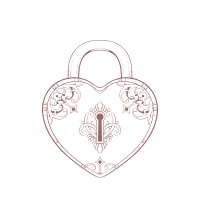
The Synergy of Biorhythm Compatibility
Delve into the intriguing concept of biorhythm compatibility to foster deeper connections and understand interpersonal dynamics.
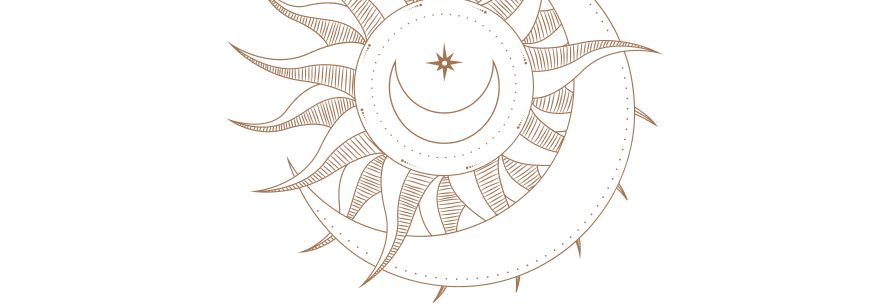

Biorhythm Insights: Patterns of Life's Peaks and Valleys
Discover the intriguing concept of biorhythms and see practical examples of how these physiological cycles might influence our daily lives.

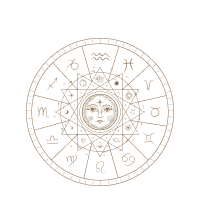
Biorhythm Compatibility and Birth Dates: The Connection Revealed
Discover how biorhythm compatibility based on birth dates can influence personal connections and relationship dynamics.